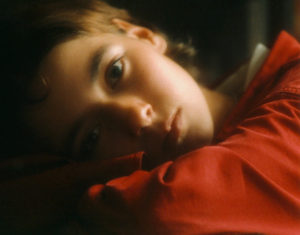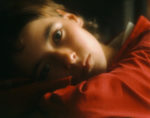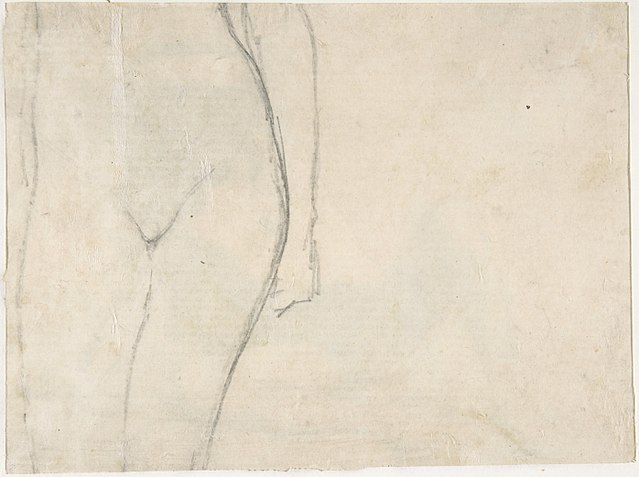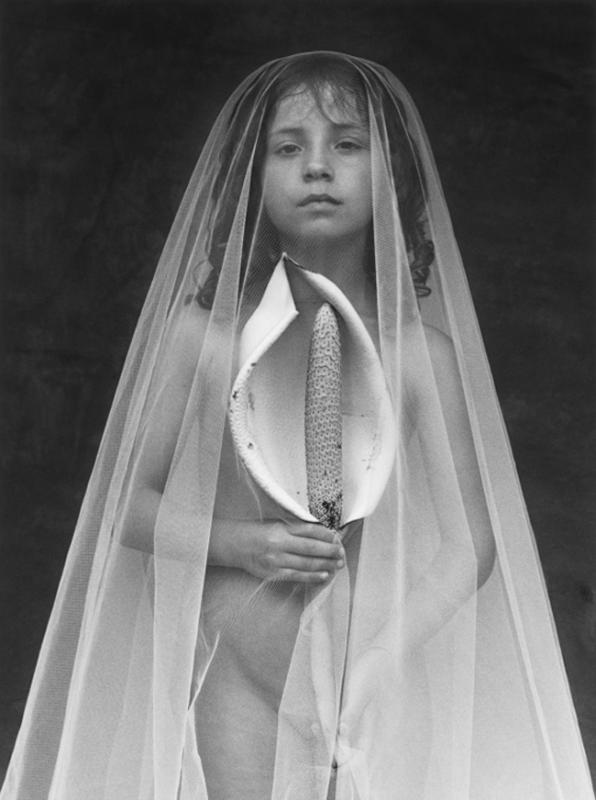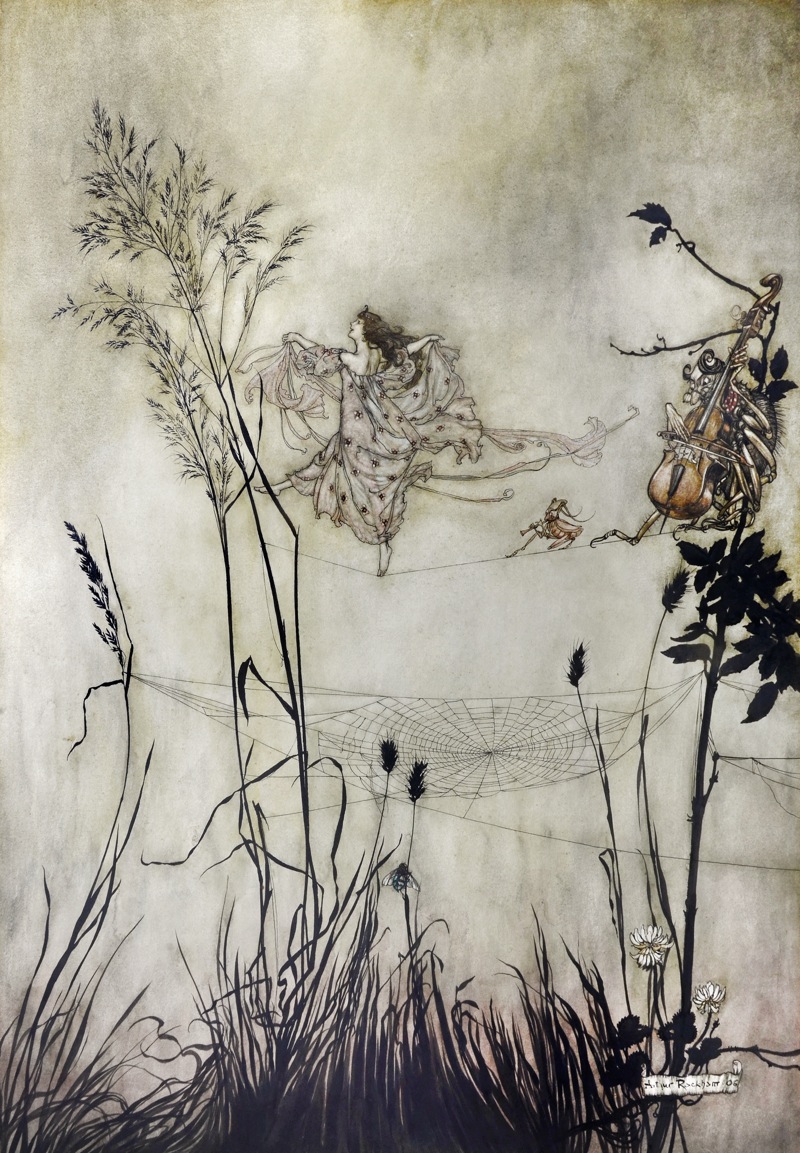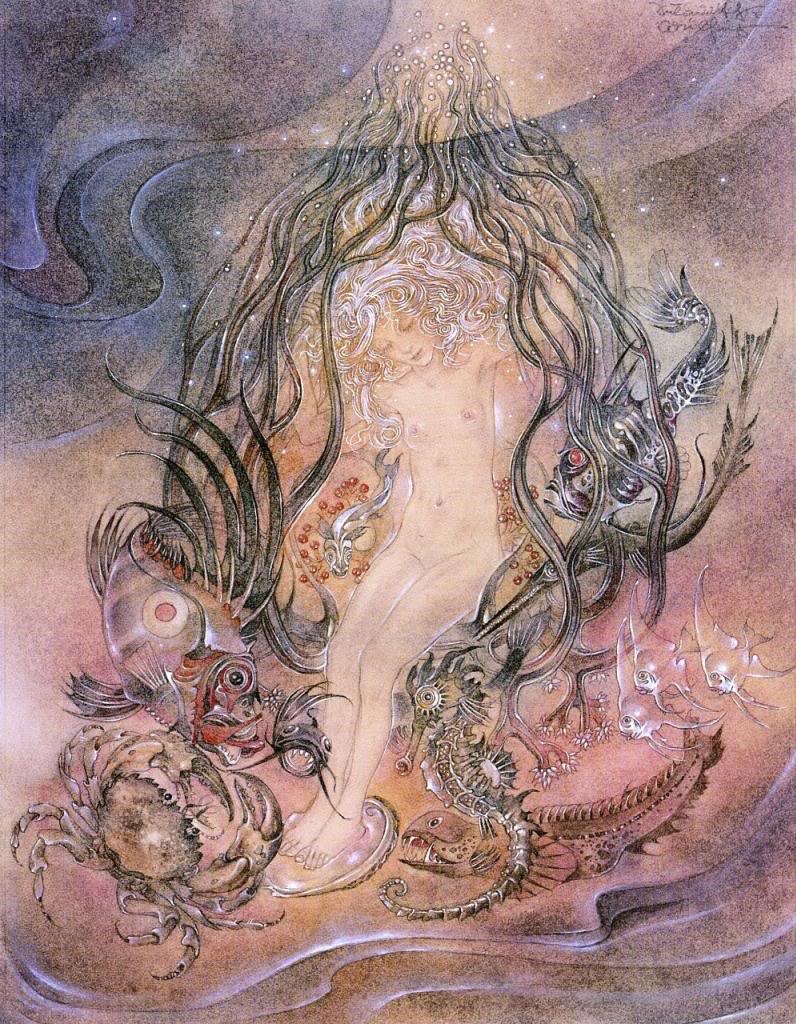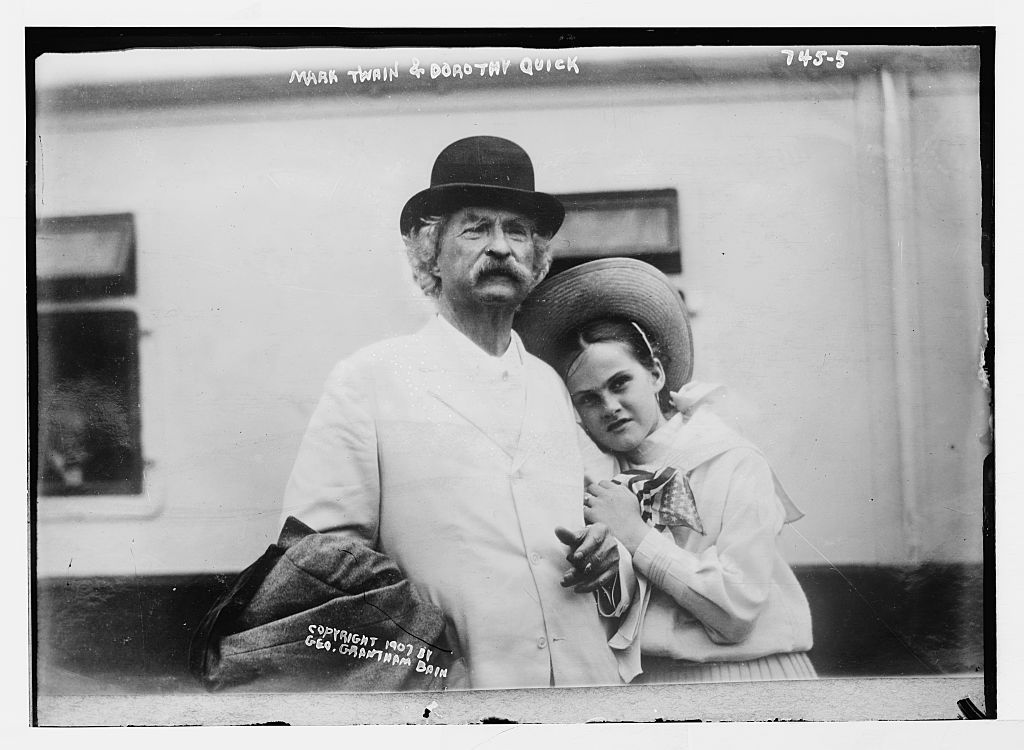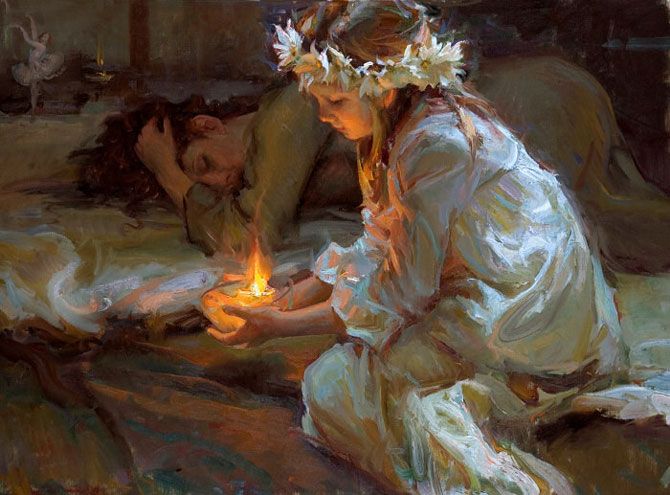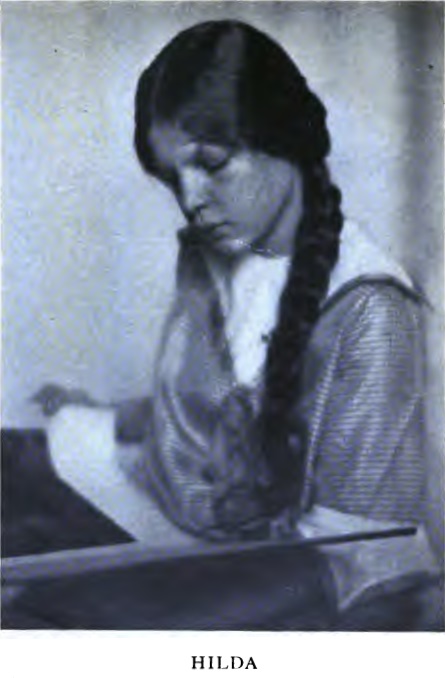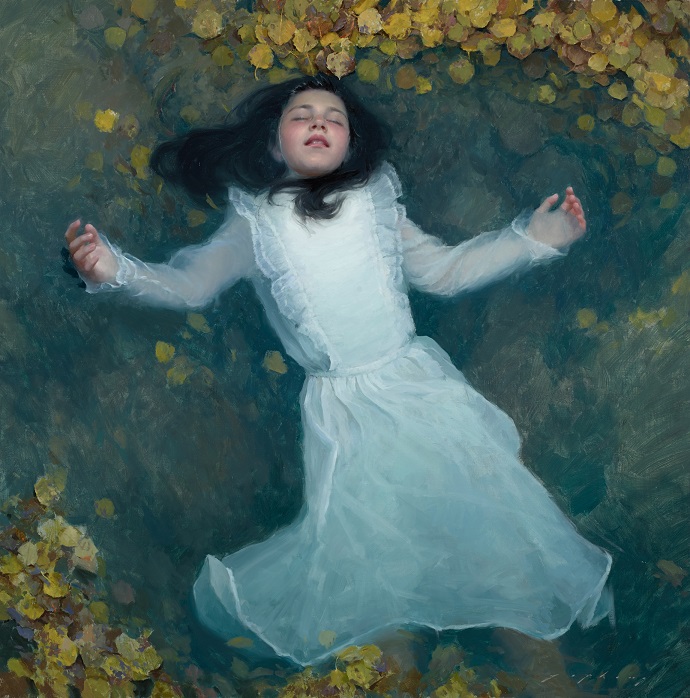
LOVELINESS
by Hilda ConklingLOVELINESS that dies when I forget
Comes alive when I remember.
In previous posts, I have presented two themes from Poems by a Little Girl (1920), Hilda Conkling’s first volume: dreams, often involving fairies and nature, then rose petals, which she associates with her heart, or with a dove representing love. In her second volume Shoes of the Wind (1922), the topics of dreams, roses and love become united within two beautiful poems, but here love becomes more personal. Indeed, Hilda was no more a little girl, she entered into puberty, so her fantasies and desires took a more womanly form. Also the style of her poetry matured, with a quasi-adult sophistication. CONTINUE READING / CONTINUER LA LECTURE…
